“…It is our mission, as playwrights, the bearers of the torch of enlightenment, since the first appearance of the first actor on the first stage……we, and no one else, have the ability to spread life. Let us spread together for the sake of one world and one humanity…” It is part of the message given by Egyptian actress Samiha Ayoub on the occasion of World Theatre Day on 27th March. One of the most important part of the day is the circulation of the World Theatre Day Message. Every year, a figure of world stature shares his or her reflections on the theme of Theatre and a Culture of Peace.
The first World Theatre Day Message was written by Jean Cocteau in 1962. Ever since, each year on the 27th March, World Theatre Day has been celebrated in many and varied ways by International Theatre Institute (ITI) Centres. The Message is translated into more than 50 languages, read before performances in theatres throughout the world, and printed in daily newspapers.
The day is celebrated to raise awareness regarding the importance of theatre and to know the importance of theatre around the world. The day also provides opportunities for theatrical communities to put forward their work on a large scale.
Re-living the art form:
Since ages, theatre has been a popular form of art and entertainment. Not only does it entertain and educate, but theatre also combines various art forms to give its live audience a real stage experience. Theatre holds the power to entertain, teach, change, and frame our lives. It helps us form a different perspective on certain situations, hence, this day is extremely important.
Different forms of Theatre in India:
Living traditions occupy a prominent place in the Indian system. The genesis of theatre can be traced back to the traditional art forms present in society since ages. Art forms reflect the ideals of society, its determinations, ethos, emotions, fellow feelings, and so on. Drama in itself is a complete form of art. It includes in its framework acting, dialogue, poetry, music, etc.
In different regions of India, traditional theatre forms are presented on various occasions like festivals, fairs, gatherings, ritual offerings, prayers, etc. throughout the year. Some of the traditional form of theatre in India includes:
Bhand Pather: The traditional theatre form of Kashmir, is a unique combination of dance, music and acting. In this theatre form, music is provided with surnai, nagaara and dhol.
Swang: Originally the theatre form Swang, was mainly music-based. Gradually, prose too played its role in the dialogues. The softness of emotions, accomplishment of rasa along with development of character can be seen in this theatre form.
Nautanki: The most popular centres of this traditional theatre form are Kanpur, Lucknow and Haathras. The meters used in the verses are Doha, Chaubola, Chhappai, Behar-e-tabeel.
Raasleela: It is based exclusively on Lord Krishna legends. In this theatre form the dialogues in prose are combined with songs and scenes from Krishna’s pranks.
Bhavai: It is the traditional theatre form of Gujarat. The centres of this form are Kutch and Kathiawar. The instruments used in Bhavai are: bhungal, tabla, flute, pakhaawaj, rabaab, sarangi, manjeera, etc. In Bhavai, there is a rare synthesis of devotional and romantic sentiments.
Jatra: Fairs in honour of Gods, or religious rituals and ceremonies have within their framework musical plays are known as Jatra.
Maach is the traditional theatre form of Madhya Pradesh. The term Maach is used for the stage itself as also for the play. In this theatre, form songs are given prominence in between the dialogues.
Bhaona is a presentation of the Ankia Naat of Assam. In Bhaona cultural glimpses of Assam, Bengal Orissa, Mathura and Brindavan can be seen. The Sutradhaar or narrator begins the story, first in Sanskrit and then in either Brajboli or Assamese.


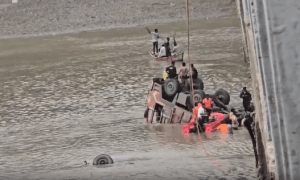

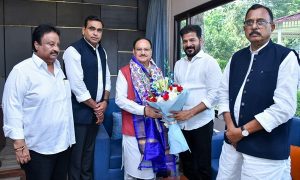



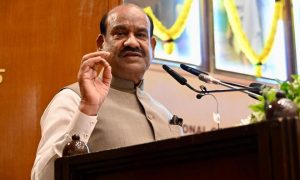



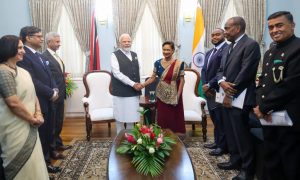

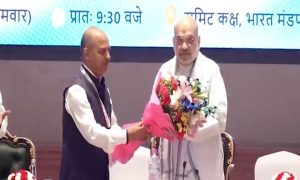

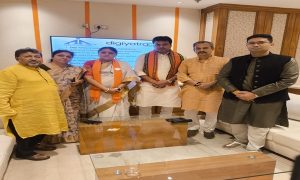

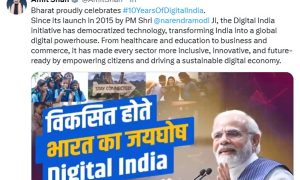

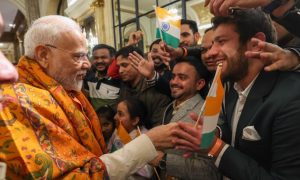

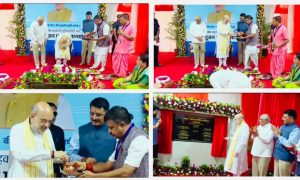



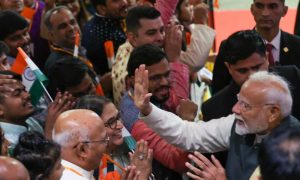

 WhatsApp us
WhatsApp us